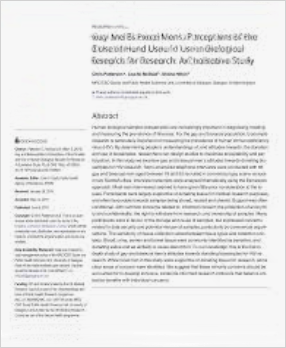Optical Coherence Tomography Detects Necrotic Regions and Volumetrically Quantifies Multicellular Tumor Spheroids
Cancer Research. Huang Y, Wang S, Guo Q, Kessel S, Rubinoff I, Chan LL, Li P, Liu Y, Qiu J, Zhou C
Three-dimensional (3D) tumor spheroid models have gained increased recognition as important tools in cancer research and anticancer drug development. However, currently available imaging approaches used in high-throughput screening drug discovery platforms, for example, bright-field, phase contrast, and fluorescence microscopies, are unable to resolve 3D structures deep inside (>50 μm) tumor spheroids. In this study, we established a label-free, noninvasive optical coherence tomography (OCT) imaging platform to characterize 3D morphologic and physiologic information of multicellular tumor spheroids (MCTS) growing from approximately 250 to 600 μm in height over 21 days. In particular, tumor spheroids of two cell lines, glioblastoma (U-87MG) and colorectal carcinoma (HCT116), exhibited distinctive evolutions in their geometric shapes at late growth stages. Volumes of MCTS were accurately quantified using a voxel-based approach without presumptions of their geometries. In contrast, conventional diameter-based volume calculations assuming perfect spherical shape resulted in large quantification errors. Furthermore, we successfully detected necrotic regions within these tumor spheroids based on increased intrinsic optical attenuation, suggesting a promising alternative of label-free viability tests in tumor spheroids. Therefore, OCT can serve as a promising imaging modality to characterize morphologic and physiologic features of MCTS, showing great potential for high-throughput drug screening.

